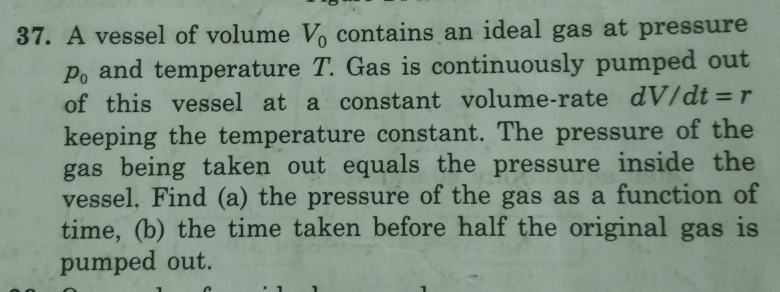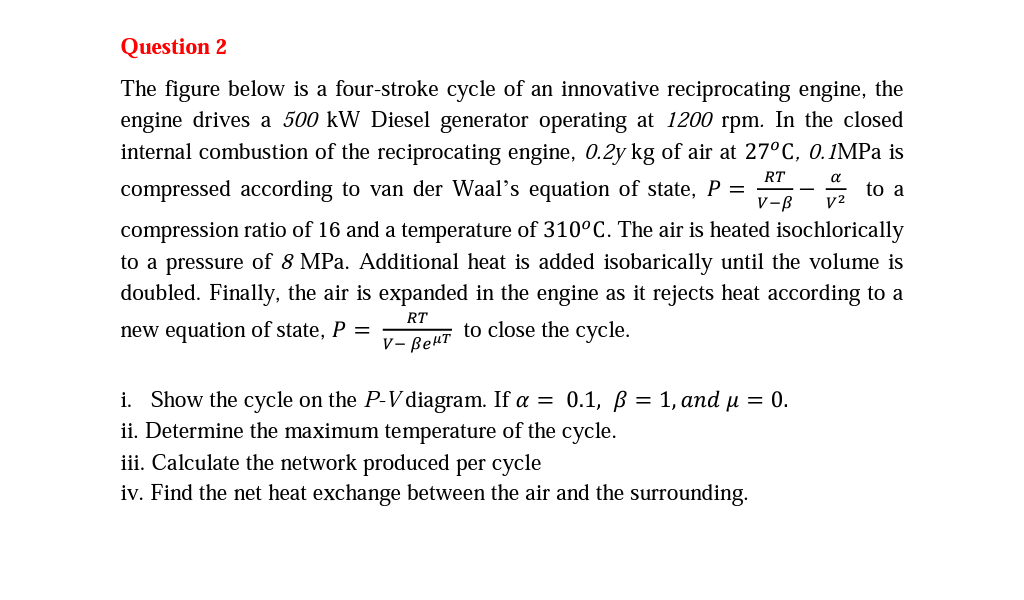
AllQuestion and Answers: Page 1781
Question Number 31326 Answers: 1 Comments: 1

Question Number 31324 Answers: 1 Comments: 0

Question Number 31323 Answers: 1 Comments: 0

Question Number 31320 Answers: 1 Comments: 0
Question Number 31318 Answers: 1 Comments: 1

Question Number 31317 Answers: 0 Comments: 1

Question Number 31314 Answers: 0 Comments: 0
Question Number 31306 Answers: 1 Comments: 0
Question Number 31296 Answers: 0 Comments: 11
Question Number 31295 Answers: 0 Comments: 0

Question Number 31289 Answers: 1 Comments: 0

Question Number 31287 Answers: 0 Comments: 0

Question Number 31286 Answers: 1 Comments: 1
Question Number 31284 Answers: 0 Comments: 0

Question Number 31281 Answers: 1 Comments: 0
Question Number 31265 Answers: 0 Comments: 2

Question Number 31264 Answers: 0 Comments: 2
Question Number 31292 Answers: 1 Comments: 3

Question Number 31290 Answers: 1 Comments: 1

Question Number 31259 Answers: 0 Comments: 4

Question Number 31255 Answers: 1 Comments: 0
Question Number 31249 Answers: 0 Comments: 10
Question Number 31246 Answers: 1 Comments: 2
Question Number 31237 Answers: 0 Comments: 3
$$\mathrm{Show}\:\mathrm{that}\:\mathrm{A}−\mathrm{B}\:=\:\mathrm{B}'\:\cap\:\mathrm{A}. \\ $$
Question Number 31229 Answers: 0 Comments: 1
Question Number 31214 Answers: 2 Comments: 2

Pg 1776 Pg 1777 Pg 1778 Pg 1779 Pg 1780 Pg 1781 Pg 1782 Pg 1783 Pg 1784 Pg 1785
